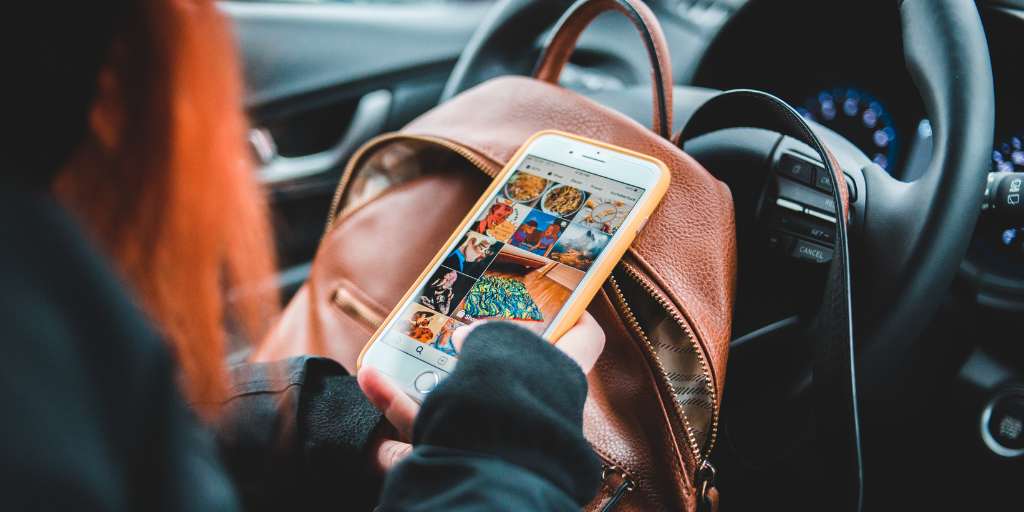
To monitor or not to monitor: that is the eternal question of parenting in the digital age. As your child embarks on their social media life (or even if they’re already deep in it), it’s worth weighing the pros and cons of parents monitoring social media access for kids. Here’s how you can formulate a plan to keep them safe online and decide how much you want to supervise their online activities.
Social media monitoring is anything you do to supervise your child’s activity on social networks, such as Instagram and TikTok. Monitoring efforts can take several forms, including following your child on social media, regular tech check-ins, parental controls, and using a monitoring service. The most effective approach combines several monitoring methods based on what works best for your family.
Experts broadly recommend parents take an active role in their children’s social media use, with the American Psychological Association (APA) advising that parents monitor social media accounts for kids under 15.
Here are some of the benefits of monitoring your child’s social media:
Social media brings with it a whole host of risks for kids, including predators, cyberbullying, scams, anxiety, and exposure to dangerous trends. Monitoring your child’s social media activity means you’ll be more likely to spot red flags so you can address the issue head-on.
One of the jobs of modern parenting is teaching our children how to use social media and the internet safely and responsibly. Monitoring your child’s social media creates natural opportunities for learning and guidance.
Who your children follow and how they engage with others on social media is an important window into their lives. Monitoring their accounts lets you keep up on their interests and influences, including harmful ones.
Teens are notoriously private. As parents, it can feel like they’ve closed themselves off from us completely. While there’s no substitute for talking with your child, paying attention to what they post, share, and like on social media provides valuable insight into the state of their mental health so you can step in if needed.
While the data is clear that monitoring children’s social media is a net positive, it’s worth being aware of the possible downsides so you can get ahead of them.
Here are some of the potential drawbacks of monitoring your child’s social media:
Especially as they get older, a sense of privacy and independence is important for children’s development. However, this must be balanced by a need for safety.
The good news is, you can accomplish both. One key to this is being clear with your child that your goal is to keep them safe, not to get all up in their business unnecessarily.
BrightCanary uses AI to scan your child’s social media and updates you about any red flags. It’s a great way to give them a measure of freedom because you can still keep an eye out for any concerns without combing over every single word they write online.
It’s true that your child might try to hide some online activity from you. But the answer isn’t “ignore the problem” or “do nothing.” Any effort you make to monitor your child’s activity online, even if they are thwarted, is better than nothing.
The key is to build in additional measures beyond simple monitoring. Make it clear that allowing you to monitor their accounts is a condition for using their device. Put it in writing with a digital device contract. Include clear consequences in the contract that kick in if you discover they’ve been sabotaging your efforts.
While there are some potential cons to monitoring your child’s social media, the pros far outweigh any downsides. Experts suggest monitoring children’s social media accounts until at least the age of 15. Whether you have regular phone checks, use parental control settings, or use a child safety app like BrightCanary, what matters is that you’re taking an active role in keeping your child safe on social media.